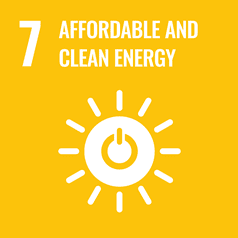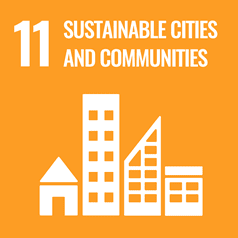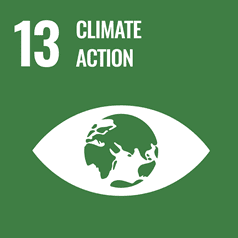Epic road test for printed solar
A pioneering environmental advocate will become the first consumer to road test futuristic printed solar cells, on an epic electric vehicle road trip around Australia.
Mr Stuart McBain will undertake the historic campaign - Charge Around Australia (CAA), to champion electric vehicle (EV) uptake, while providing the most rigorous field test to-date for the radical solar cells, developed at the University of Newcastle, Australia.
Mr McBain, who resides in Liverpool, UK, has performed two similarly intrepid awareness campaigns. He became the first person to circumnavigate the United Kingdom (UK) in an electric vehicle, and repeated the challenge in Iceland. His efforts proved there were no limits on range in those countries.
“I was frustrated by the range anxiety that was limiting EV uptake across Europe and wondered if I could help reframe public opinion and understanding. In Australia, as is the case for most developed countries, transport accounts for the highest levels of CO2 emissions, so as nations look to decarbonise, this is a sector that requires our urgent attention,” said Mr McBain.
“My goal here in Australia is to contribute to the national conversation on decarbonisation by stimulating conversations about EV’s, and having honest conversations about the supporting infrastructure.”
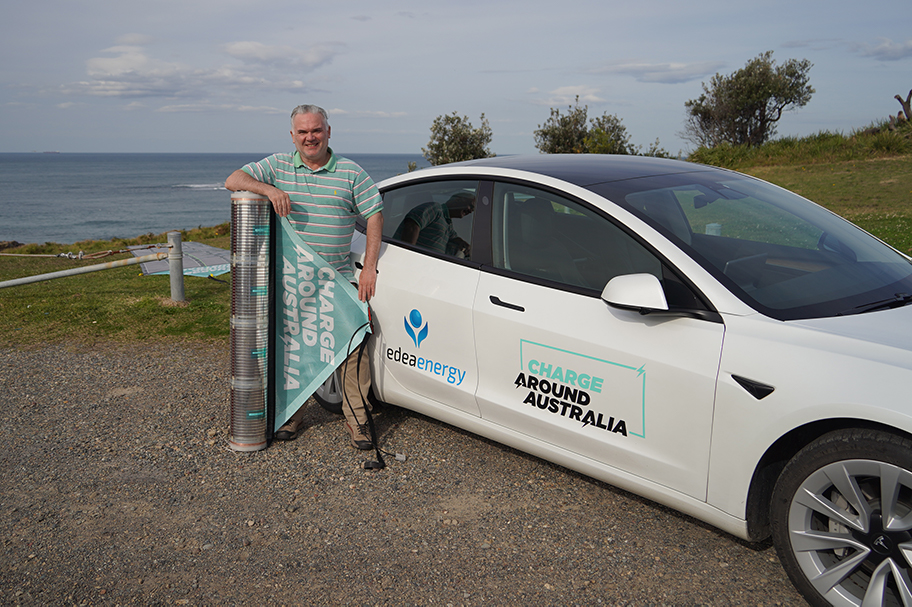
Stuart McBain (Photo Sheena Martin)
Unlike the UK and Iceland, Australia’s charging network poses reliability concerns, necessitating an alternative solution for recharging. In this case Mr McBain will deploy printed solar, becoming the first non-scientist to do so.
“This is effectively a live science experiment, aimed at helping a new, low-cost renewable energy technology come to market,” said Mr McBain.
Printed solar developer and global authority on printed organic electronics, University of Newcastle Professor Paul Dastoor, said Mr McBain will provide valuable real-world insight, helping to inform the development and future deployment of printed solar.
“This is a rare and valuable opportunity for testing and feedback on our printed solar technology, in the field, in diverse environments. CAAwill not only help us refine our technology as we progress toward commercial roll-out, but may also help inform future designs and destinations for remote roadside charging stations aimed at solving the challenge of long-haul electric vehicle use in our country and others like it,” said Professor Dastoor.
Unlike traditional solar panels, printed solar panels are ultra-thin (similar in thickness to a sheet of paper), lightweight, portable and flexible, lending themselves to new and unexpected applications.
To help power his three month long, 15,000km journey, Mr McBain will deploy an array of 18 retractable solar sheets, each measuring 20m x 1m. A Tesla vehicle will be used for the trip, requiring ten hours of sunlight to power the following day’s drive.
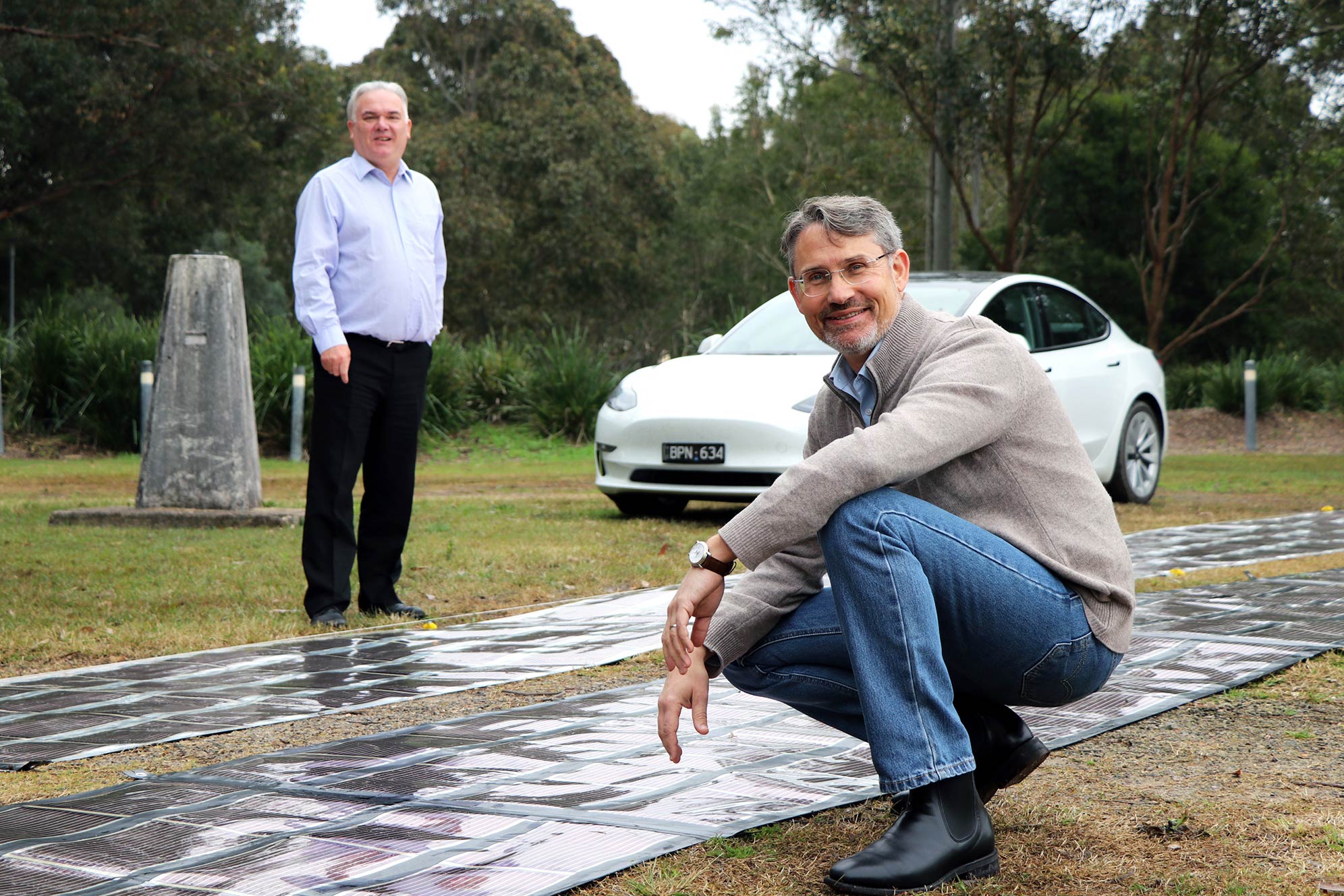 Professor Paul Dastoor front with Stuart McBain in the background
Professor Paul Dastoor front with Stuart McBain in the background
Professor Dastoor explained that as efficiency of the solar cells increased, their surface area would reduce.
“As we continue to work on their efficiency, we’ll need less of them to achieve the same result. At this stage, applications are more suited to large commercial or factory roofs, or larger-scale fixed roadside locations, but eventually the cells could be incorporated seamlessly into the coating of the vehicle itself,” said Professor Dastoor.
“Our aspiration here with CAA was not the realisation of a specific consumer product, rather the acceleration of printed solar generally, as well as advocacy for important decarbonisation pathways.”
Heart-warmingly, it’s also about inspiring the next generation.
Schools outreach en-route
As the project winds its way counter-clockwise around Australia it will deliver cutting edge STEM experiences to more than 70 regional, remote and Indigenous schools, supported by the Australian Government Department of Industry, Science, Energy and Resources and in partnership with Tiny Science Labs.
It’s an important component for Mr McBain, whose own concern for the environment was ignited as a child.
“As a nine-year-old growing up in the UK I experienced the OPEC oil embargo or ‘energy crisis’. We had to turn the lights off at 6pm every night for a number of weeks, which first exposed me to the fragility of energy supply. To make matters worse, a film intended to allay public concern, released when I was eleven, assured audiences we wouldn’t run out of oil for 60 years. I did the math and quickly realised that would be within my lifetime. I was horrified. Now another generation of young people are contemplating how fossil fuels will impact their future, and so history repeats,” said Mr McBain.
Professor Dastoor said he hoped the school engagement program would help address climate anxiety by creating positive opportunities for young people to connect with technologies directly responding to climate change.
“As an educator and a father my hope is that we can help alleviate the prevailing sense of climate doom, which is particularly burdening for our young people. Interacting with these technologies helps us all imagine a more positive future for our planet, not to mention all the exciting and entirely new career possibilities that will exist through these new industries,” said Professor Dastoor.
About printed solar
Printed solar panels are manufactured using conventional, 2D printers – like those used to produce magazines, newspapers and packaging, combined with proprietary electronic inks. Printed solar is cheap to manufacture, at a production cost of less than $10 per square metre, and rapid to produce, with commercial scale equipment capable of producing kilometres of material a day.
“No other renewal energy technology can be manufactured as quickly. The low cost and speed at which this technology can be deployed is exciting as we need to find solutions, and quickly,” said Professor Dastoor.
With over 99 per cent of the panels consisting of PET, the material can be recycled - a distinct advantage over traditional silicon panels.
Considering a future powered by printed solar, Mr McBain said the low-cost production of printed solar could also help reduce global poverty and inequality.
“More than a billion people around the world today have no reliable access to electricity. This means that around one in seven people cannot refrigerate food or medicines, have no dependable source of electricity to power vital hospital equipment and lack clean, safe energy for cooking and lighting in their homes,” said Mr McBain.
“Once this technology reaches its efficiency target, and it’s already half way there, it could be the most affordable form of electricity on the planet.”
The Printed Solar is manufactured by Kardinia Energy using equipment managed by the Australian National Fabrication Facility (ANFF).
Contact
- Anita Harvey
- Email: anita.harvey@newcastle.edu.au
Related news
- Breaking the mould of stereotypical web3 auditing firms
- From the Classroom to the Operating Room: Emily Mason’s Journey as an Indigenous Female Surgeon
- Dr Kate Ferguson-Patrick Receives SDG Advance HE Grant for Innovative Curriculum Development
- Partnering to prevent local extinction of threatened marsupial
- Launch of the School Students’ Statement on the Right to a Healthy Environment
The University of Newcastle acknowledges the traditional custodians of the lands within our footprint areas: Awabakal, Darkinjung, Biripai, Worimi, Wonnarua, and Eora Nations. We also pay respect to the wisdom of our Elders past and present.
